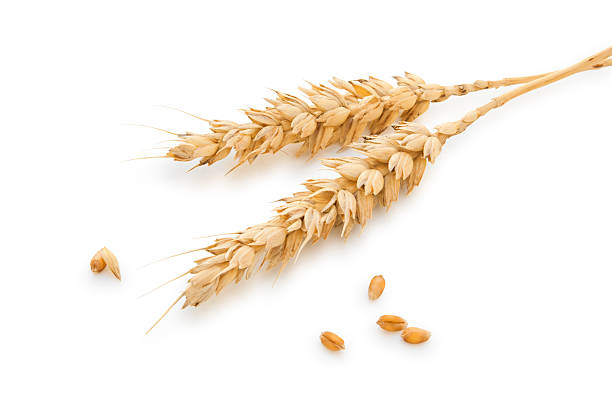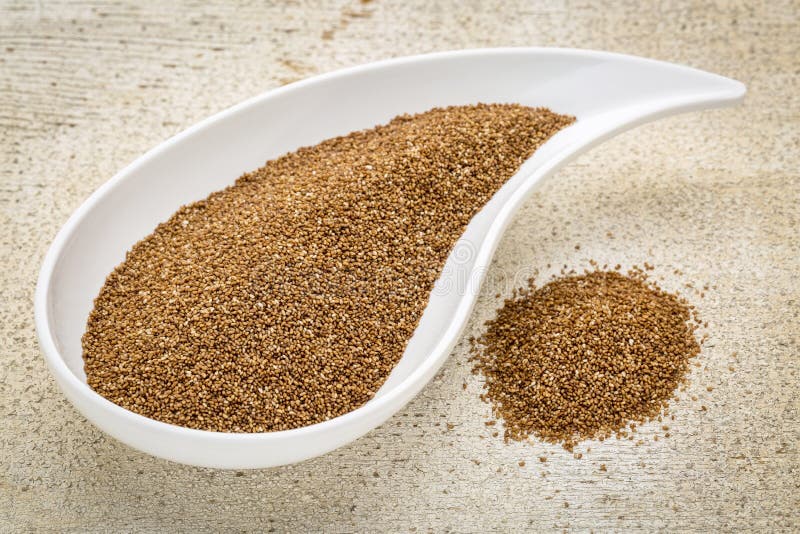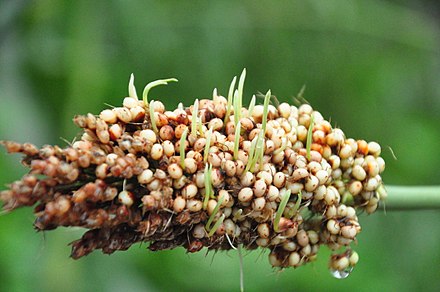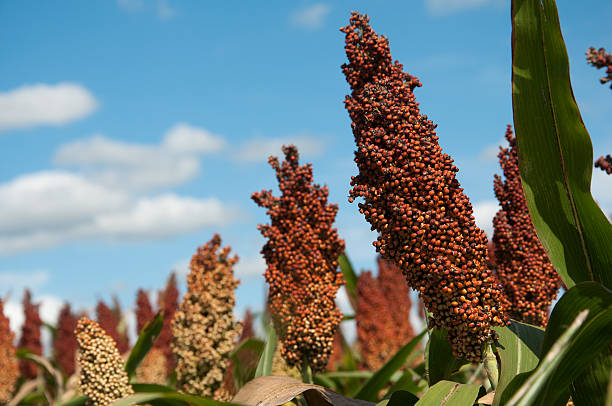Amidst the vast array of grains, spelt emerges as a nutritional powerhouse, weaving together a rich tapestry of essential nutrients and wholesome benefits. This ancient grain, with its robust history dating back thousands of years, continues to captivate modern palates and nutritional enthusiasts alike. Let’s delve into the nutritional richness that makes spelt a resilient and healthful choice in the world of grains.
Whole Grain Integrity:
Spelt, a variety of wheat, retains its whole grain integrity, encompassing the bran, germ, and endosperm. This completeness contributes to its high nutritional value, providing a spectrum of essential nutrients that might be compromised in refined grains. Choosing whole grains like spelt promotes a more nutrient-dense diet.

Spelt whole grain flour
Abundance of Dietary Fiber:
Spelt is a commendable source of dietary fiber, featuring both soluble and insoluble fibers. This fiber content plays a pivotal role in supporting digestive health by promoting regular bowel movements, preventing constipation, and fostering a healthy gut microbiome. Spelt’s fiber richness contributes to a feeling of fullness, aiding in weight management and overall well-being.
Protein Prowess:
Spelt stands out among grains for its relatively high protein content. Protein is essential for various physiological functions, including muscle repair, immune support, and the synthesis of enzymes and hormones. The protein in spelt contains a variety of amino acids, making it a valuable plant-based protein source for those seeking dietary diversity.
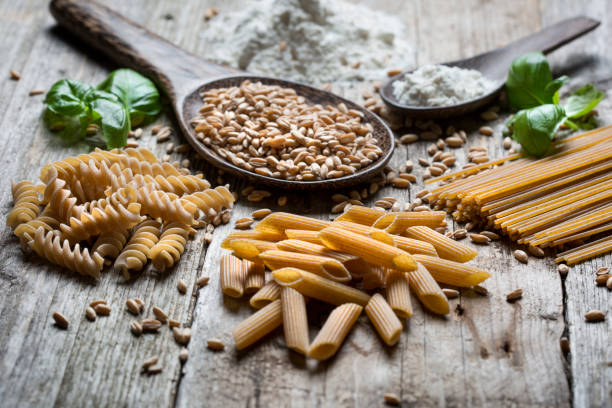
Vitamin and Mineral Ensemble (B Vitamins, Iron, Magnesium):
Spelt contributes to the vitamin spectrum, featuring various B vitamins, including thiamine (B1), riboflavin (B2), niacin (B3), and folate. These B vitamins play essential roles in energy metabolism, nervous system function, and the synthesis of DNA. Additionally, spelt provides essential minerals such as iron, crucial for oxygen transport in the blood, and magnesium, vital for muscle and nerve function. The diverse nutrient ensemble in spelt supports overall physiological well-being.
Low Gluten Content:
While spelt does contain gluten, it has a lower gluten content compared to modern wheat varieties. This makes spelt a potential alternative for individuals with non-celiac gluten sensitivity who may experience digestive discomfort with conventional wheat. However, individuals with celiac disease should exercise caution, as spelt is not considered gluten-free.
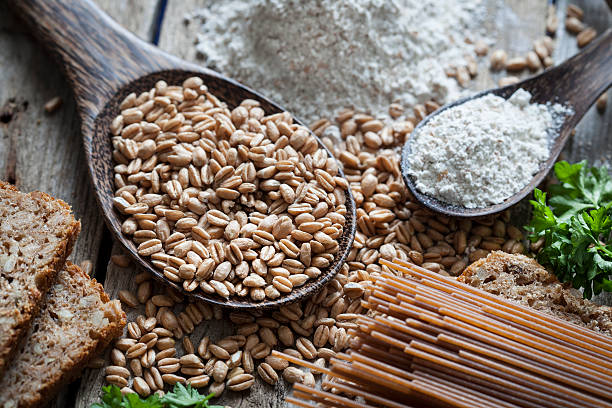
Antioxidant Properties:
Spelt contains antioxidants, including polyphenols, which play a role in neutralizing free radicals and reducing oxidative stress. These antioxidants contribute to cellular health and may support the prevention of chronic diseases associated with inflammation and oxidative damage.
Culinary Versatility:
Spelt’s culinary versatility extends from being used in traditional dishes like bread and pasta to being incorporated into salads, soups, and desserts. Its nutty flavor and chewy texture make it a delightful addition to a variety of culinary creations, both savory and sweet.

In conclusion, spelt, with its whole grain goodness, protein prowess, and nutrient diversity, stands as a nutritional gem in the world of ancient grains. As we appreciate its historical resilience and embrace its culinary adaptability, we partake in a journey that celebrates not only the ancient wisdom but also the healthful benefits of spelt. From supporting digestive health to providing essential nutrients, spelt remains a symbol of nutritional excellence in the diverse and resilient landscape of grains.

